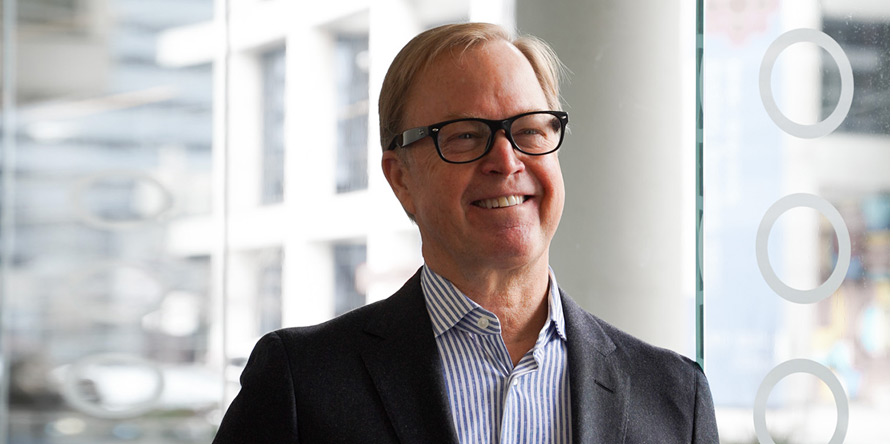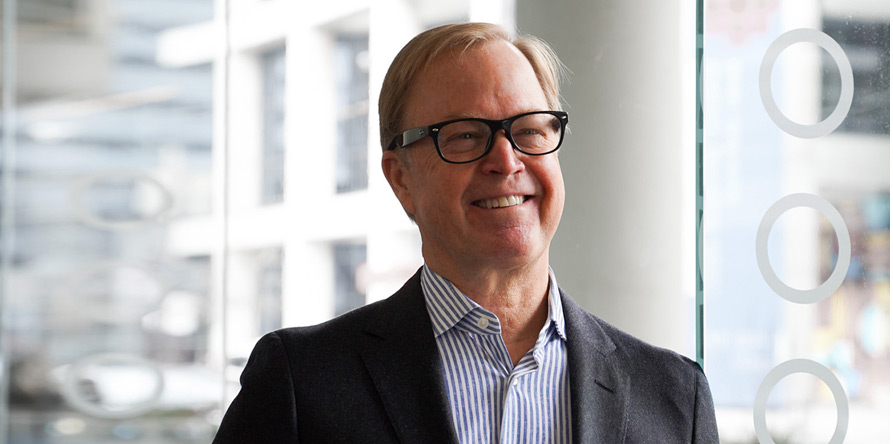
Jurrien Timmer’s market insights: Navigating bull markets, interest rates and stocks
In a recent episode of Fidelity Connects, Jurrien Timmer, Director of Global Macro at Fidelity, provided an in-depth analysis of the evolving bull market, interest rates, bond yields, and the performance of key stocks.
Here are some of the key points from his commentary.
Evolving bull market dynamics
Timmer began by discussing the bull market that started in October 2022, noting that as the market advanced, prices increased, and earnings played a significant role in this growth. This trend continued into 2024 and is expected to persist. However, he cautioned that positive factors, or tailwinds, can eventually turn into challenges, or headwinds. One such headwind is the Federal Reserve's interest rate policy. Last year, the Fed cut rates by 100 basis points, a tailwind the market may not be able to count on in 2025. Timmer emphasized that while the economy remains resilient with a robust job market, the days of quantitative easing and zero interest rates are over. The Fed is now engaging in quantitative tightening and is unlikely to cut rates further, leading to a normalization of the term premium.
Shifting dynamics between stocks and bonds
Timmer highlighted the changing dynamics between the stock and bond markets. Historically, when the risk-free rate was low, stocks were considered the best investment option. However, with bond yields now approaching 5%, comparable to stock yields, the stock market, being the riskier asset, should ideally yield more than risk-free assets to stay competitive. If the risk-free rate increases, stocks need to adjust their valuations to remain competitive. This adjustment often results in a correction in stock prices, which we are seeing now as bond yields get close to 5%. Jurrien emphasized that while rising interest rates and a normalizing term premium present headwinds for the stock market, they also reflect a healthier and more balanced financial environment. He suggested that market corrections driven by these factors could present buying opportunities for investors to rebalance their portfolios at better valuations.
Performance and expectations of secular growth stocks
The discussion also touched on the performance and expectations of secular growth stocks, particularly focusing on the "Mag 7." Timmer reflected on the market's robust performance from the previous year, driven by a 10% growth in earnings and a 20% increase in valuations. However, he highlighted the increasing difficulty for these companies to continually meet and exceed high expectations, as these expectations become reflected in the stock price. This can lead to a situation where even positive news may not be enough to boost stock prices further. He compared this to the dot-com era with Cisco, which experienced significant volatility before reaching its peak. Timmer expressed concern about a top-heavy market and the loss of momentum observed in the S&P 500 equal-weighted index at the end of December.
Navigating market headwinds and tailwinds
Despite these headwinds, Timmer remains bullish, viewing this as a later stage of a bull market where tailwinds turn into headwinds, such as rising interest rates and valuations. He noted the strong dollar as contributing to tighter financial conditions and referred to an investment clock chart, highlighting that in 2024, financial conditions and earnings growth placed the market in the "sweet spot" for investments. However, he anticipates that 2025 will be characterized by progress tempered by pressures from rates and valuations, describing it as "two steps forward, one step back."
Federal Reserve's interest rate decisions
Timmer also discussed the Federal Reserve's interest rate decisions and market expectations. He mentioned that the Fed cut rates by 100 basis points last year, fulfilling its earlier forecast of three rate cuts. Currently, market indicators suggest that the Fed funds rate could bottom out at approximately 4.13% either this year or next. The overall sentiment is that the market's expectations are accurate, and the Fed appears to be in a wait-and-see mode regarding future rate movements.
Bitcoin and cryptocurrency market
The conversation then shifted to the cryptocurrency market, particularly Bitcoin. Timmer noted the positive sentiment in the cryptocurrency market following a recent election, driven by the expectation of a more crypto-friendly administration. He mentioned that Bitcoin's price has dropped, reflecting the market's ongoing price discovery process as it reacts to new information. Timmer described Bitcoin as both a store of value and a speculative asset similar to the Nasdaq. He emphasized that Bitcoin's current congestion is similar to other assets and is less influenced by the US dollar or other currencies. Instead, it is more affected by government actions, regulations, and how these factors might accelerate its adoption.
Conclusion
In conclusion, Timmer provided a nuanced view of the market, acknowledging the challenges posed by rising interest rates, high valuations, and a strong dollar, while remaining optimistic about the long-term prospects. He emphasized the importance of monitoring market dynamics and being prepared for potential corrections, viewing them as opportunities for investors to rebalance their portfolios.


